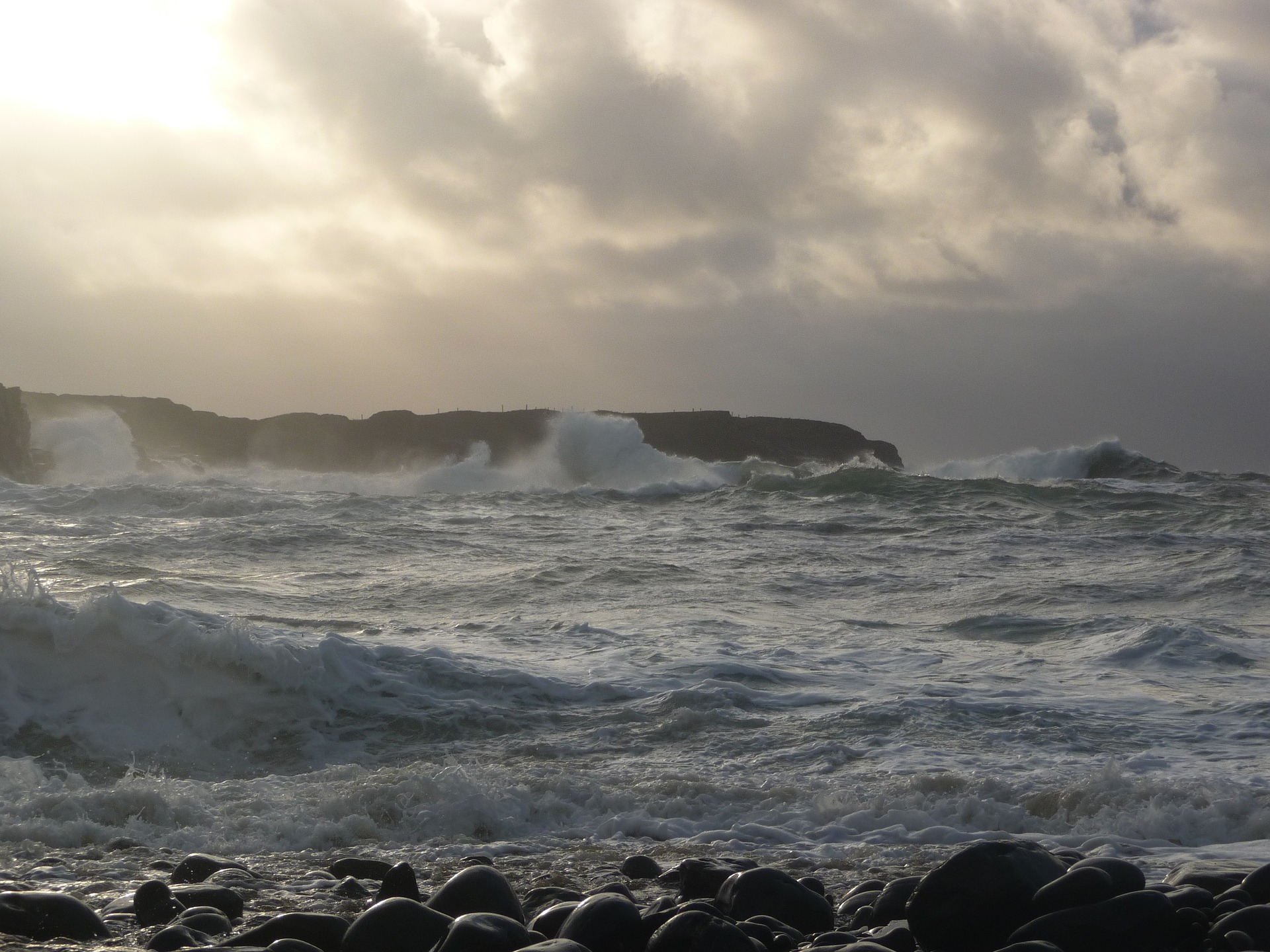Welcome to this week’s column. This week, disruption from natural disasters – managing the risks to supply chains. We’re witnessing the massive damage caused to communities and businesses in Texas and Louisiana by Hurricane Harvey and the deluge of wind and water it brought, while here in Ireland the Innisowen peninsula continues its clean-up after a freak rain storm caused widespread flooding. We conclude with links to the key sources of contract notices for Ireland and international markets.
Supply Chains – Disruption from Natural Disasters
Hurricane Harvey, continued to make headlines as it slowly moved from southeast Texas into southwest Louisiana. Texas’ flood-related death toll has reached 31. The storm has also brought an economic cost of tens of billions of dollars. The oil, gas and petrochemical industries have been hard hit, considering that Texas is responsible for half of U.S. petroleum and gas exports. Supply chains are seeing major disruptions as the shipping industry scrambles to reroute around Houston, a major transportation hub. The Wall Street Journal reports that Harvey has affected up to 10% of U.S. trucking capacity, and that international trade routes are likely to be affected as well.
Thankfully, super storms like Harvey are rare in Ireland. However we are no strangers to bad weather. The winter storm season often brings with it wind, rain and disruption. Irish supply chains (and access to markets across Europe) are also impacted by severe weather events across Europe. And as witnessed by the late-August flooding that swept away bridges and damaged homes and businesses in Donegal and Derry, weather can cause disruption at any time of the year.
Talking about the massive clean-up operation underway in Derry and Donegal, senior engineer with Donegal County Council Brendan O’Donnell said it was impossible to plan for the kind of weather pattern which struck the area. He’s right! Its difficult for emerengy services and local government to plan for every event. However it is possible for businesses to examine their supply chain and to mitigate the risks caused by disruption to any part of it.
Planning for the worst
Does your business have a plan B?
A good place to start is this set of resources from Spend Matters. Their briefing on ‘Natural Disasters – How to Mitigate Unavoidable Risks’ notes that consequences for customers and businesses, ranging from the slightly inconvenient to the devastating.
- Supply interruption – when supplier’s premises such as factories, transportation routes or even their own supply chain are affected by natural disasters.
- Loss of short-term sales – such supply interruptions may lead to production shortfalls or even shut-downs.
- Need to re-source materials – having to secure additional supply from other unaffected existing suppliers, or find new suppliers quickly, carries a number of challenges and risks.
- Loss of good suppliers / market dynamics change – at the extreme, supplying firms may even disappear altogether or operate at reduced capacity for a considerable time.
These risks cannot be completely avoided, but there there are sensible actions which should be taken by buyers. Understanding the risk profile of the supply base, developing contingency plans, and making sure that you get the earliest possible notification of such events are all vital to reduce the potential effects – time is of the essence when natural disasters take place!
***
Finding Public tenders
Over 100 tenders issue every week, we have been tracking these tenders for nearly two years now and know that almost all industries and sectors have opportunities. Opportunities present in almost every conceivable category of good or service.
Keystone recommends:
www.etenders.ie – register to obtain the latest tenders from State bodies
www.supplygov.ie – the latest lower value tenders for trades / supplies from local authorities
www.tenderscout.com – a tender engine highlighting opportunities in Ireland and overseas

